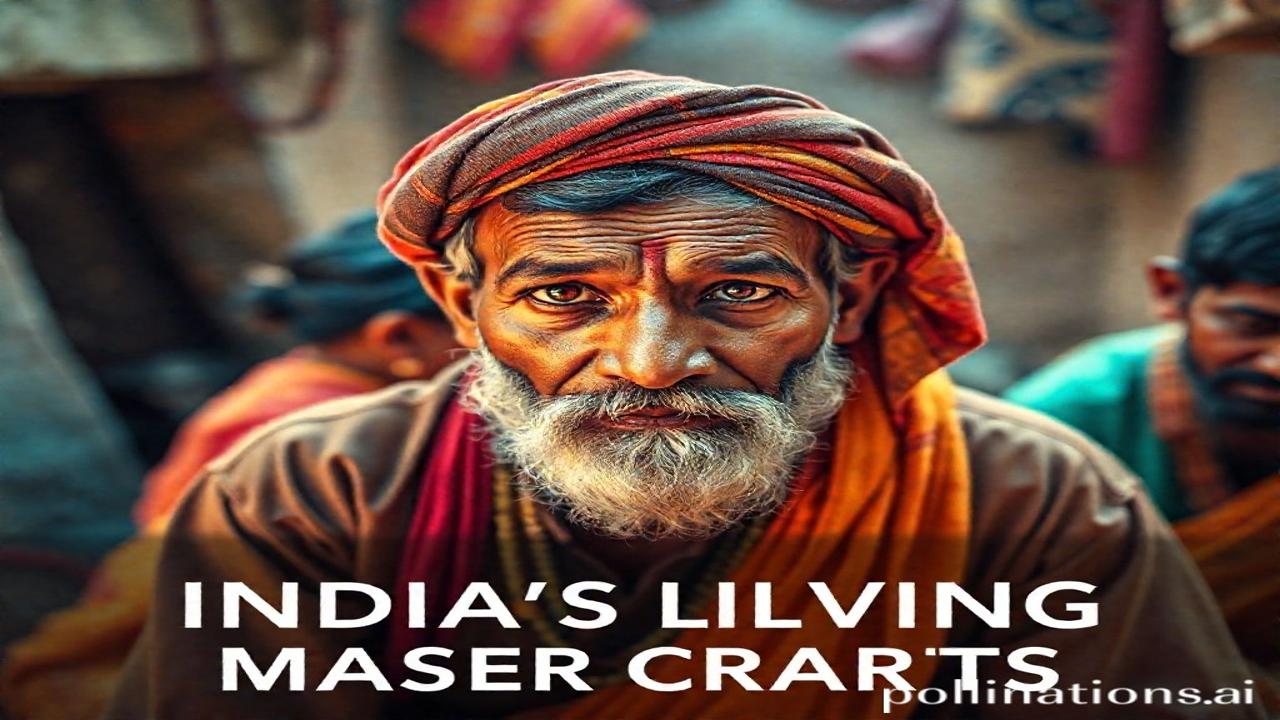India’s Textile Tourism: Handloom Towns to Visit – Dhagon Mein Chhupi Kahaniyan!
Kabhi socha hai, agar kapde bol sakte, toh woh kitni kahaniyan sunate? Threads that whisper of emperors, revolutions, and the gentle rhythm of the handloom… India’s textile heritage isn’t just about cloth; it’s a tapestry woven with history, culture, and the very soul of our nation. Let’s embark on a journey, not just to see fabrics, but to feel the heartbeat of India’s handloom towns!
What is Textile Tourism and Why Should You Care?
Textile tourism, mere dost, is exactly what it sounds like! It’s about travelling to places known for their unique textile traditions. Think vibrant colours, intricate designs, and the mesmerizing sound of looms working their magic. Forget those generic shopping malls; this is about experiencing art that has been passed down through generations. It’s about understanding the kaushal (skill) and dhairya (patience) that goes into each hand-spun thread. Aur trust me, once you witness it, you’ll never look at your clothes the same way again.
A Trip Down Memory Lane: The Historical Context
India has been at the heart of the textile trade for millennia. Imagine the ancient Indus Valley Civilization, where cotton was cultivated and woven into cloth thousands of years ago! Over centuries, different kingdoms and empires brought their own influences, resulting in a mind-boggling diversity of styles. Mughal emperors patronized intricate embroidery, while regional traditions like Ikat in Odisha and Kanjeevaram in Tamil Nadu flourished under the patronage of local rulers. Yeh sab sirf kapda nahi hai; it’s a living record of our past. It is our dharohar, our heritage!
Living Threads: The Artisans’ Life
Picture this: a small village in Rajasthan, the sun beating down on brightly coloured houses. Inside one, a woman, her hands calloused but nimble, sits at a loom, weaving a bandhani sari. Her grandmother taught her, and she’ll teach her daughter. Every knot, every colour choice, tells a story – of her family, her community, her dreams.
Or consider a weaver in Varanasi, painstakingly creating a brocade sari for a bride. Each gold thread is carefully placed, each design imbued with symbolism and blessings. This isn’t just a job; it’s a calling. In these handloom towns, life revolves around the rhythmic click-clack of the loom, the vibrant hues of the yarn, and the shared knowledge that binds generations.
“Beta, yeh hunar toh hamara sanskriti hai,” an old weaver might tell you, “Isko bachana hamara dharm hai.”
Echoes of the Past: Textiles in Modern India
Today, in a world of fast fashion and machine-made fabrics, the fight to keep these traditions alive is fiercer than ever. But the spirit of Indian textiles lives on. You see it in the vibrant phulkari shawls worn during weddings, in the handloom kurtas favoured by politicians, and in the growing appreciation for sustainable and ethical fashion. The revival of Khadi during India’s independence movement shows the power of textiles as a symbol of self-reliance and Bharatiyata. Choosing handloom is not just buying a piece of clothing, it’s supporting a legacy!
Handloom Towns You Simply Must Visit
So, where should you start your textile tourism adventure? Here are a few gems:
- Varanasi, Uttar Pradesh: For the ultimate silk experience. Witness the weaving of Banarasi sarees, an integral part of Indian weddings and celebrations.
- Bhuj, Gujarat: A haven for embroidery and tie-dye techniques like bandhani. Witness the artistry of the Kutch region.
- Pochampally, Telangana: Known for its Ikat weaving, where the yarn is dyed before being woven, resulting in mesmerizing patterns.
- Kanchipuram, Tamil Nadu: Home to the famous Kanjeevaram silk sarees, revered for their quality and intricate designs.
- Maheshwar, Madhya Pradesh: Famous for Maheshwari sarees, a blend of cotton and silk, with unique striped patterns.
Fun Fact: The World’s Oldest Printed Fabric
Log samajhte hain ki printing ki shuruaat Europe mein hui, lekin asli sach yeh hai that fragments of printed cotton fabric have been found in India, dating back to the 3rd millennium BC! India was a pioneer in textile printing long before the rest of the world caught up.
A Sensory Symphony: Experiencing Handloom
Imagine yourself walking through the narrow lanes of Maheshwar. The air is thick with the scent of cotton and dyes. The sounds of the looms fill the air, a rhythmic orchestra of creativity. You touch the soft texture of a newly woven Maheshwari sari, feeling the love and dedication woven into every thread. The colours are vibrant, almost alive, reflecting the spirit of the artisans who created them. This is more than just sightseeing; it’s an immersive experience that will stay with you long after you leave.
A Parting Thought
Textile tourism isn’t just about seeing beautiful fabrics. It’s about connecting with the people who create them, understanding their stories, and supporting their livelihoods. It’s about preserving a precious part of our cultural heritage. It’s about finding beauty in the imperfections of handmade art, and appreciating the slow, deliberate process that brings it to life.
“Vastra nahi, yeh toh sanskriti ka dhaaga hai, jo humein jodta hai.” (It’s not just cloth, it’s the thread of culture that binds us together.)
So, pack your bags, open your heart, and get ready to be amazed by the magic of India’s handloom towns. You won’t regret it!
